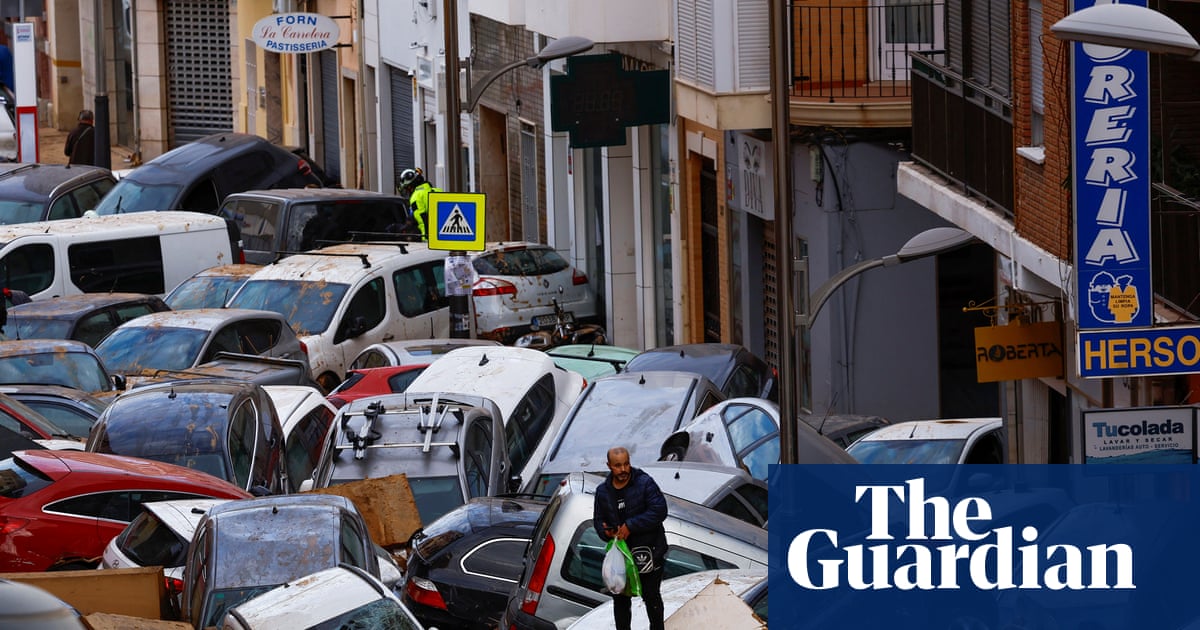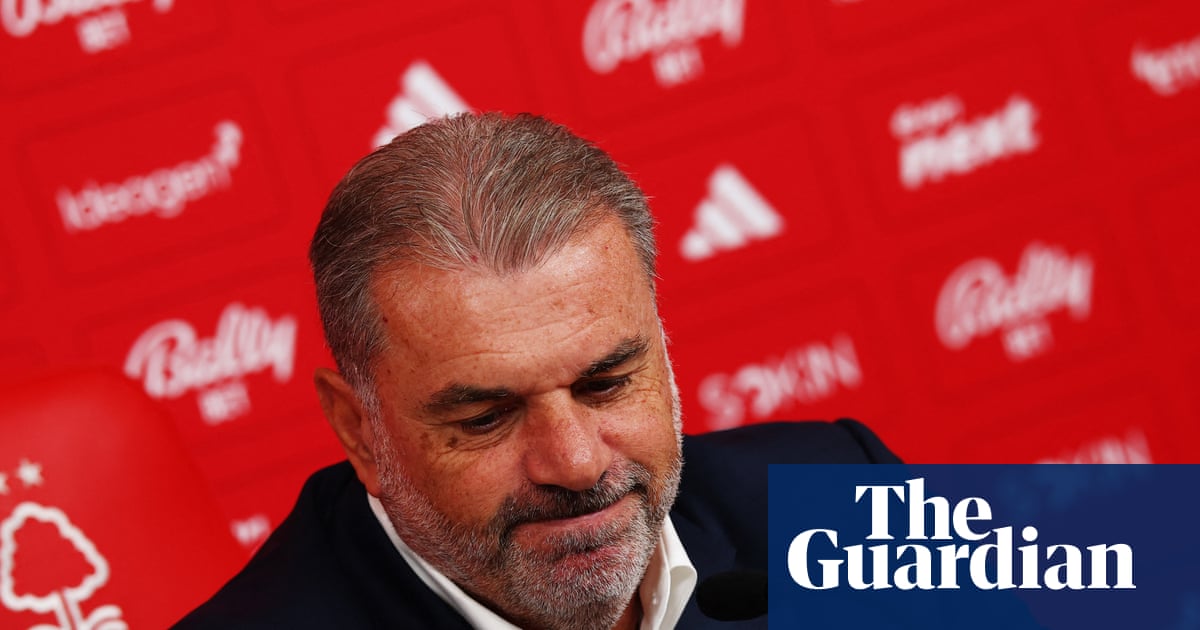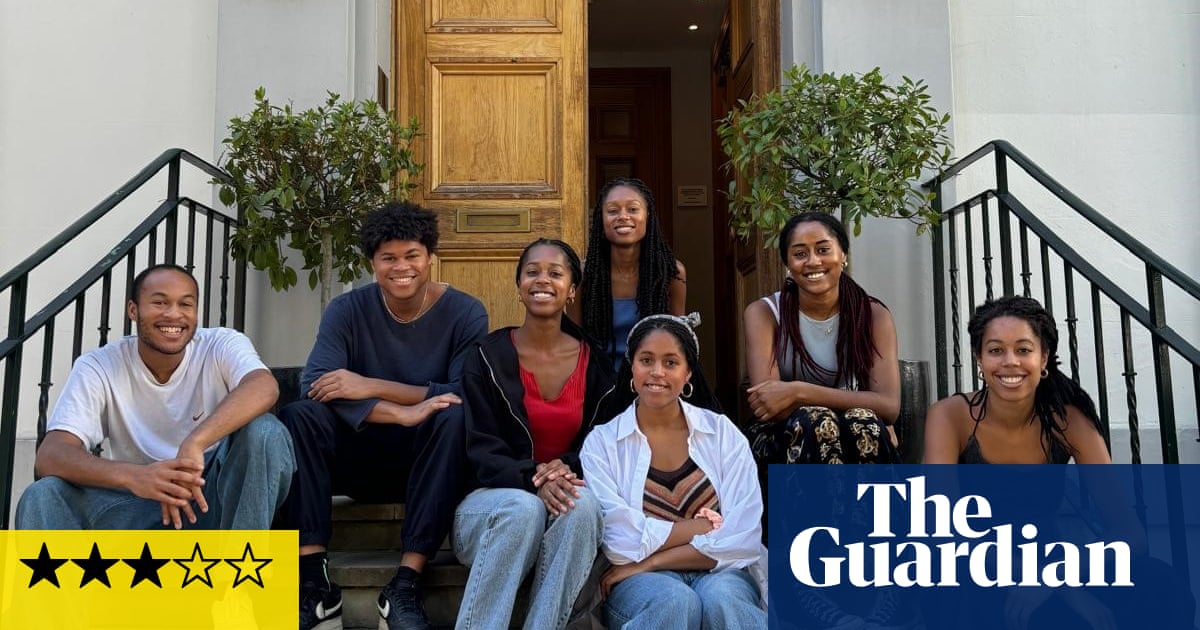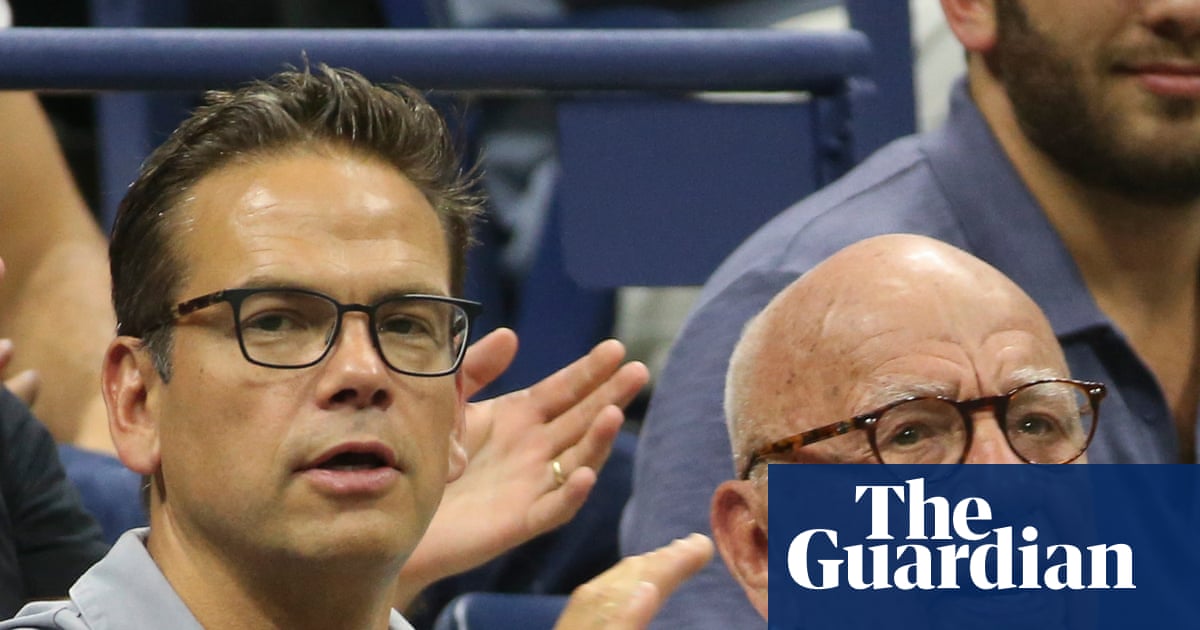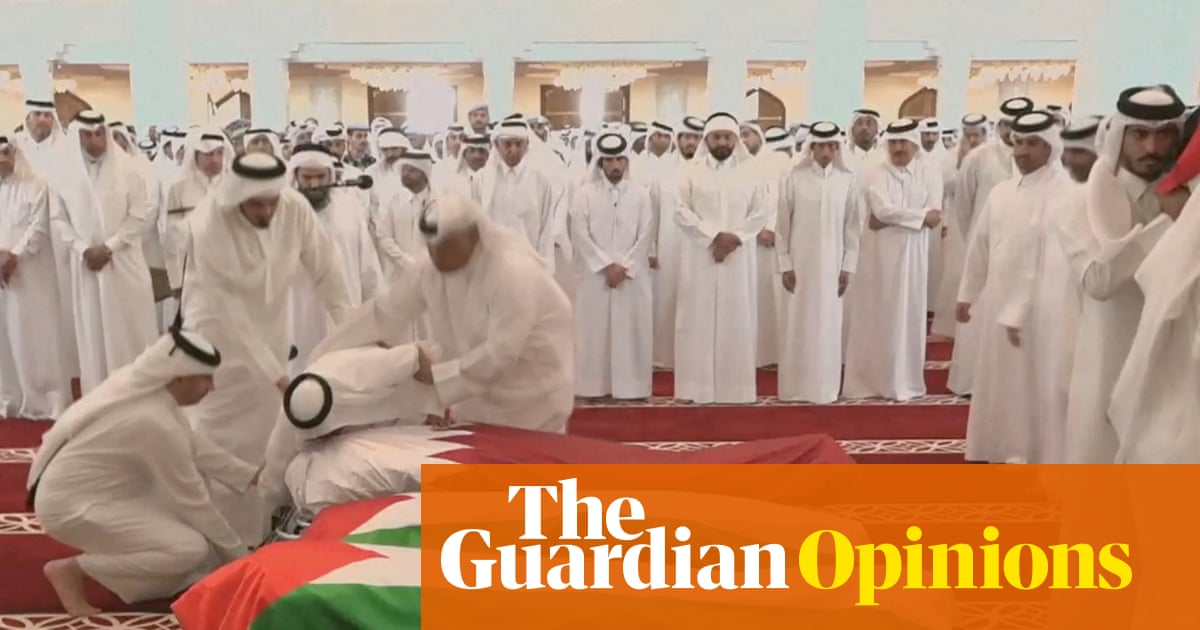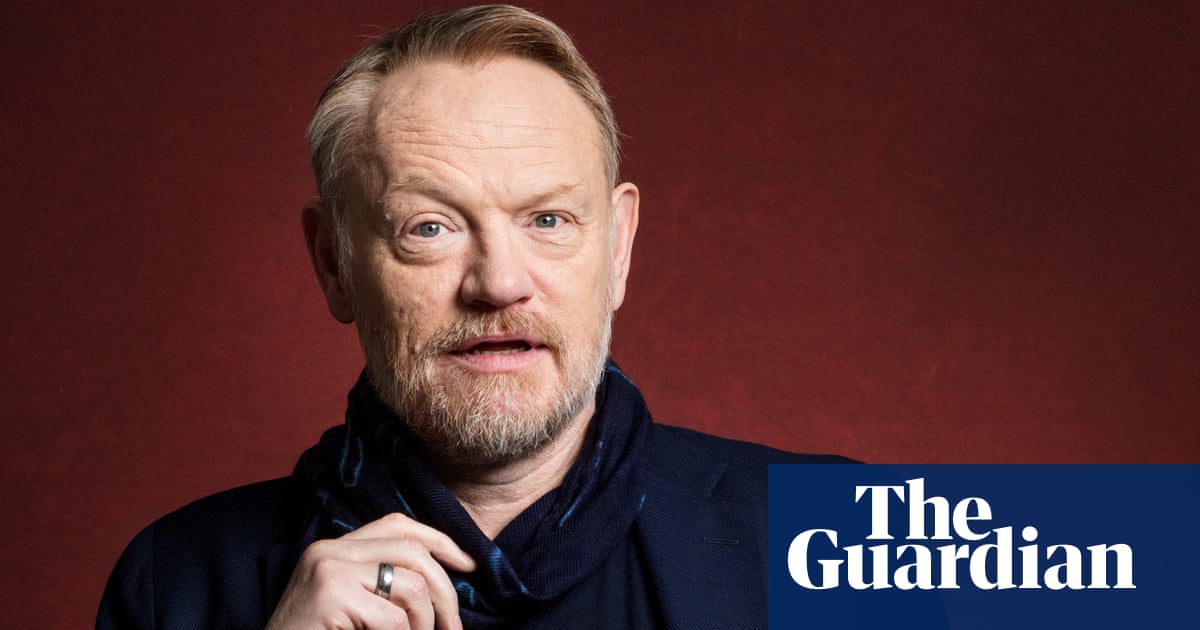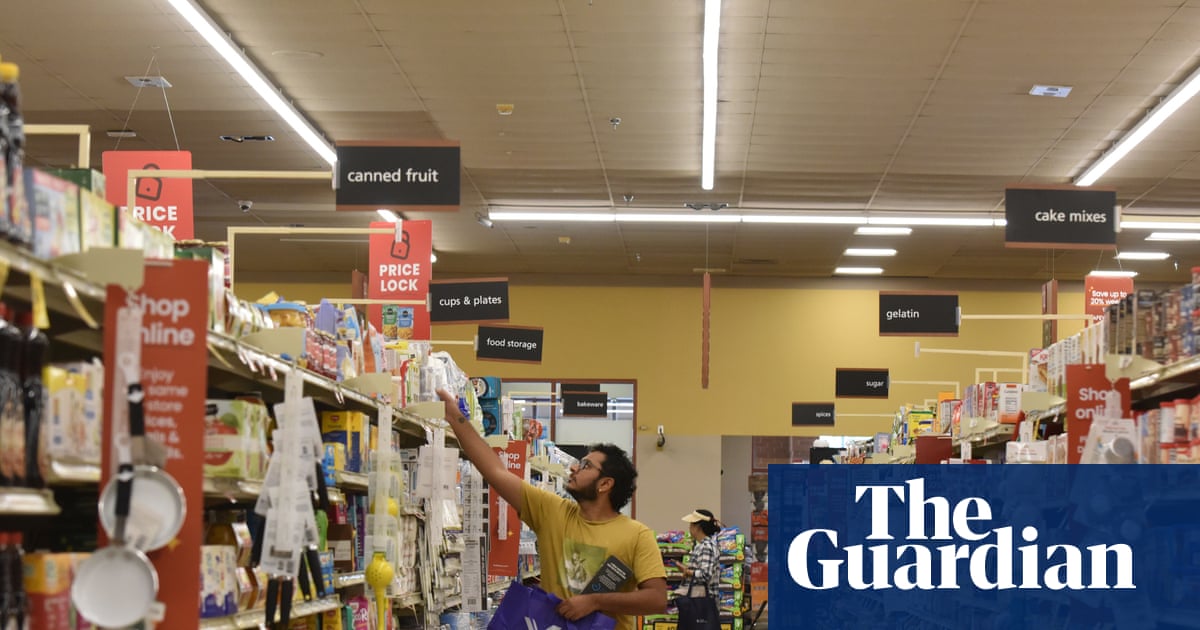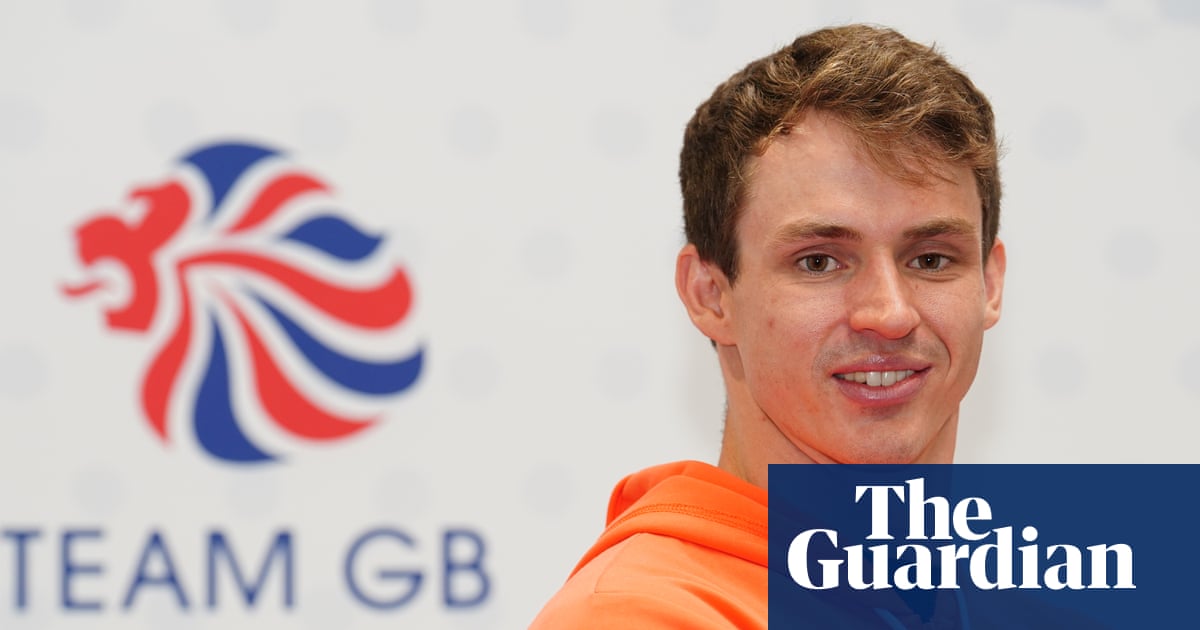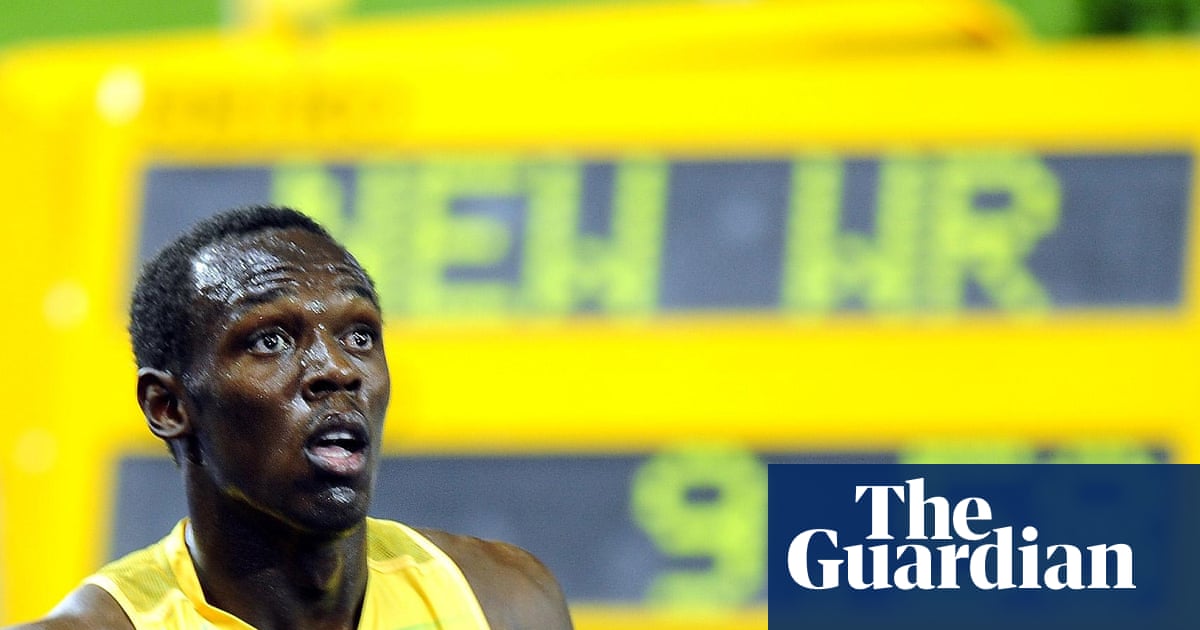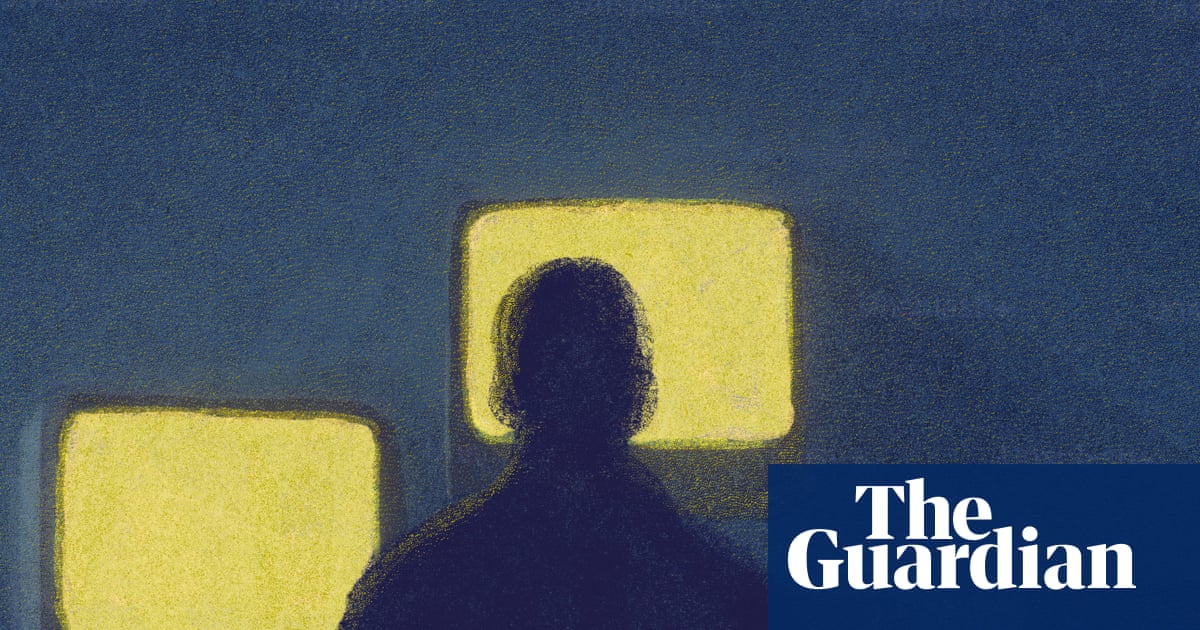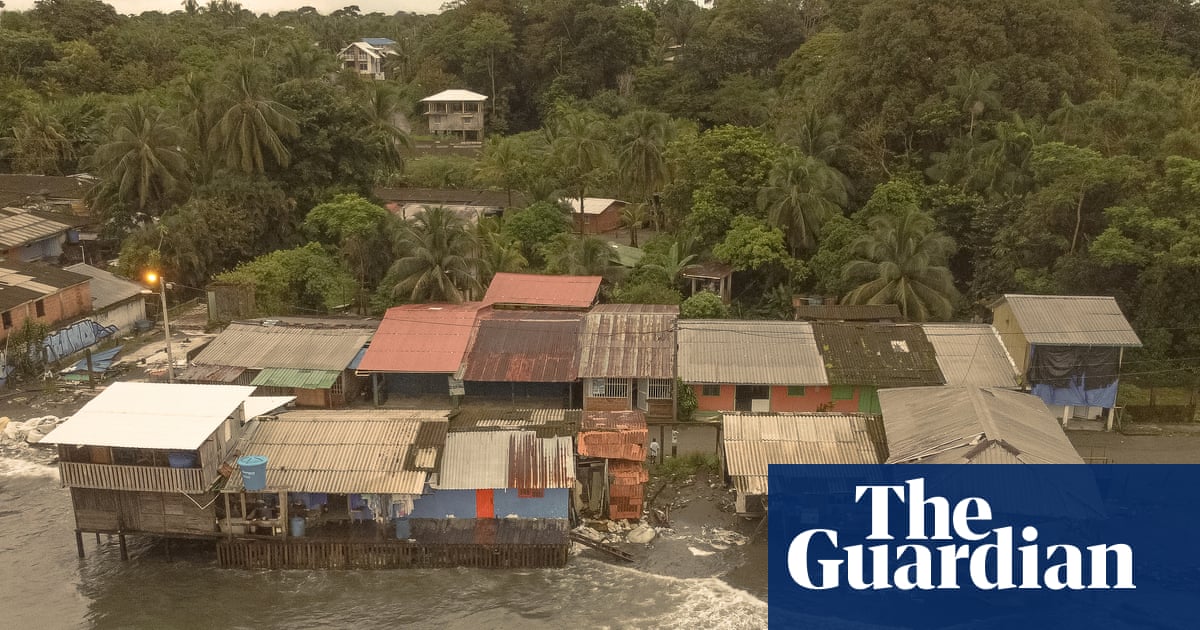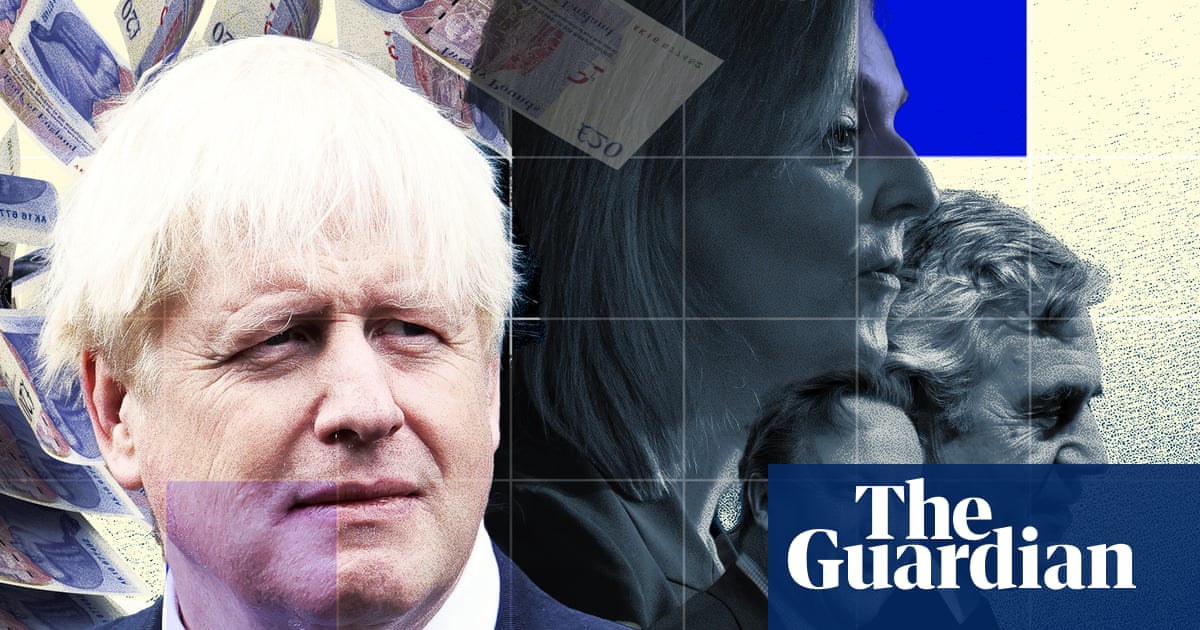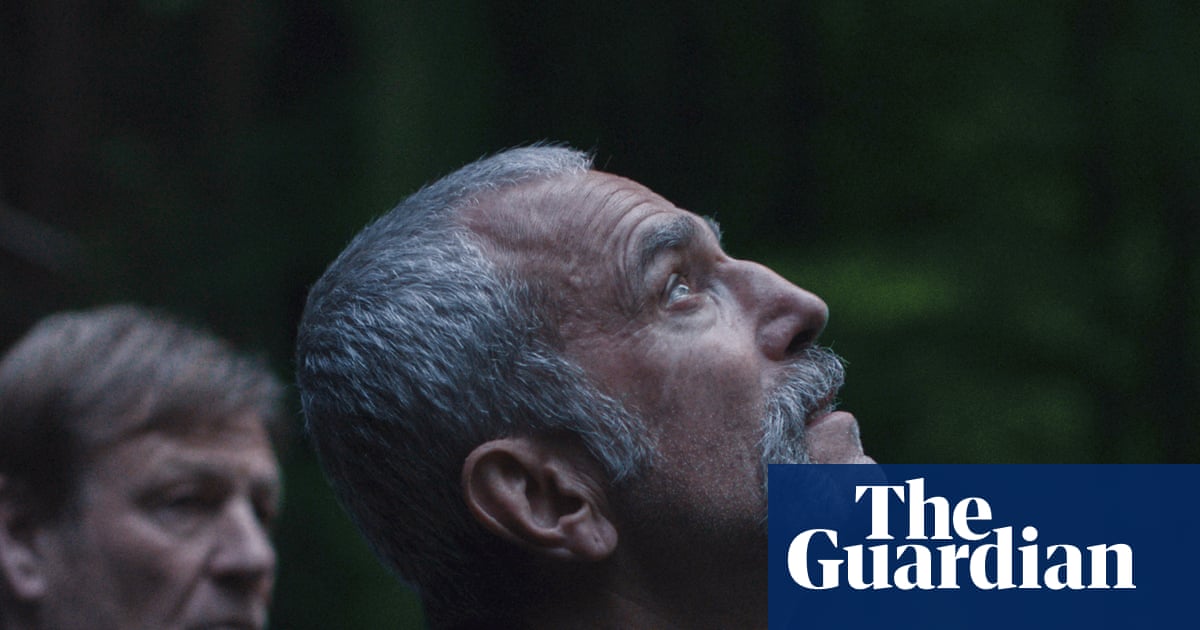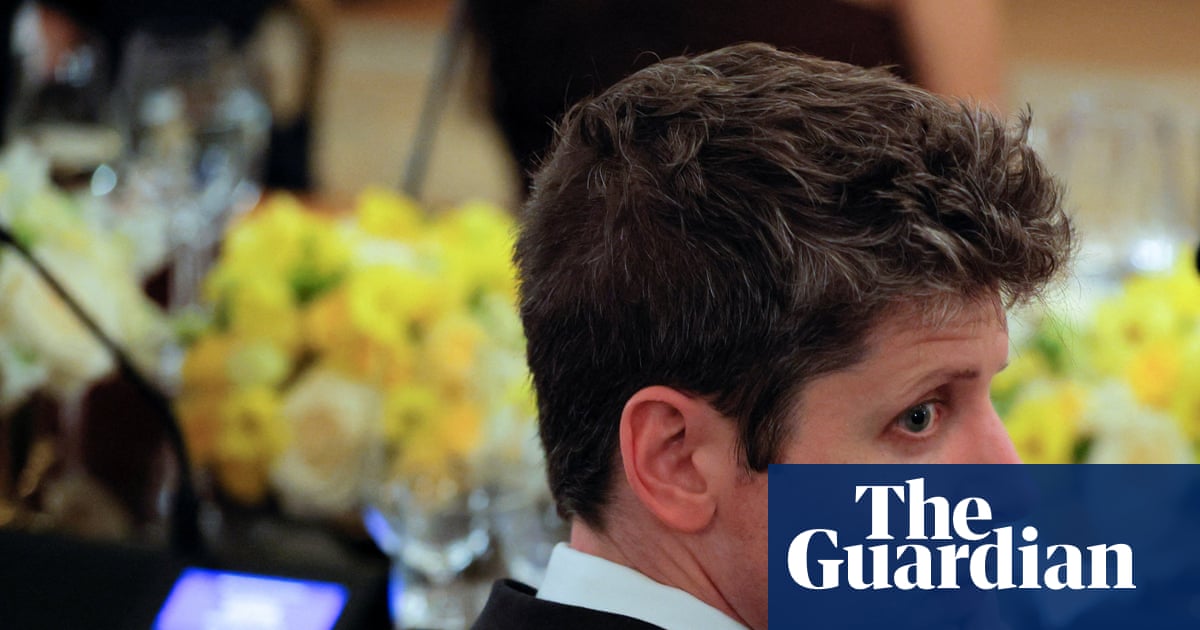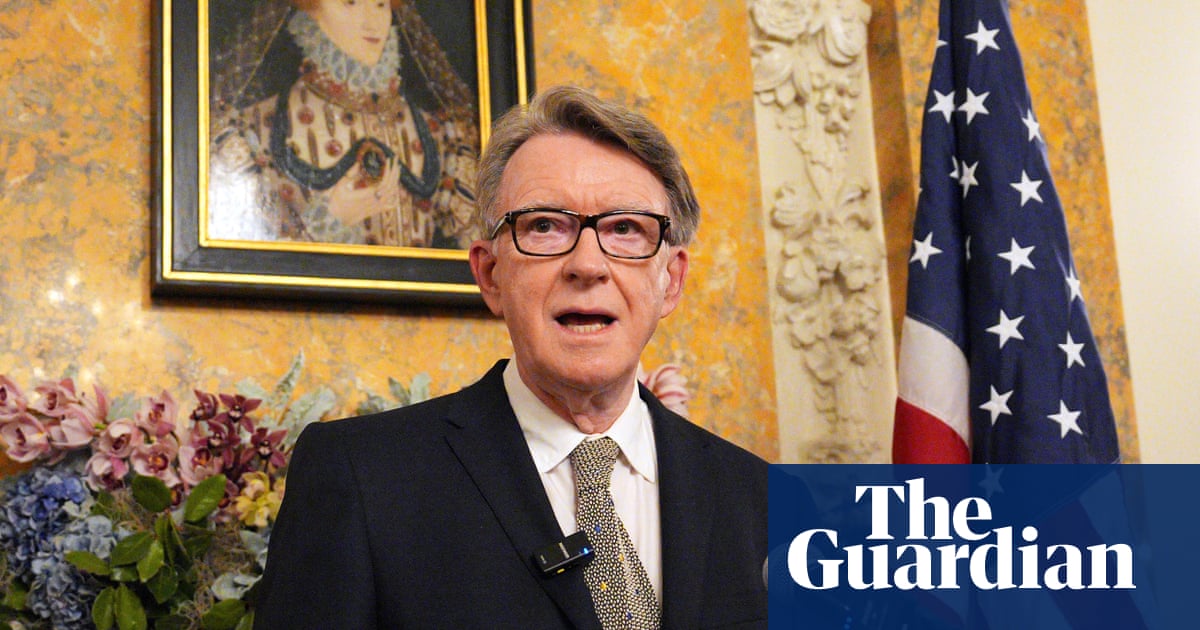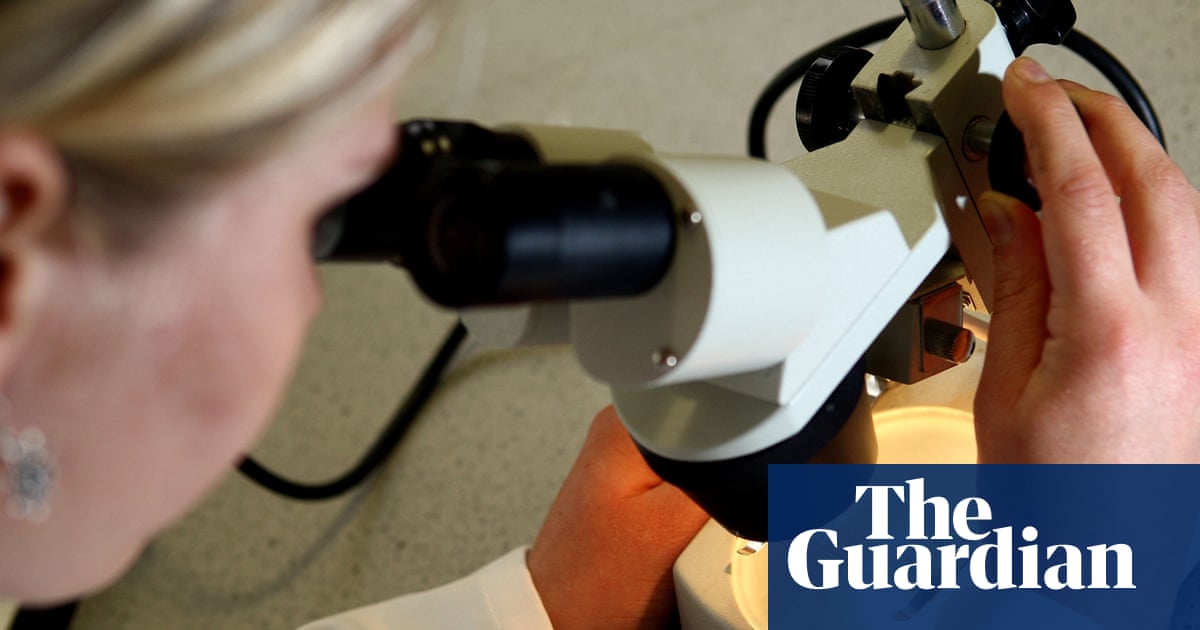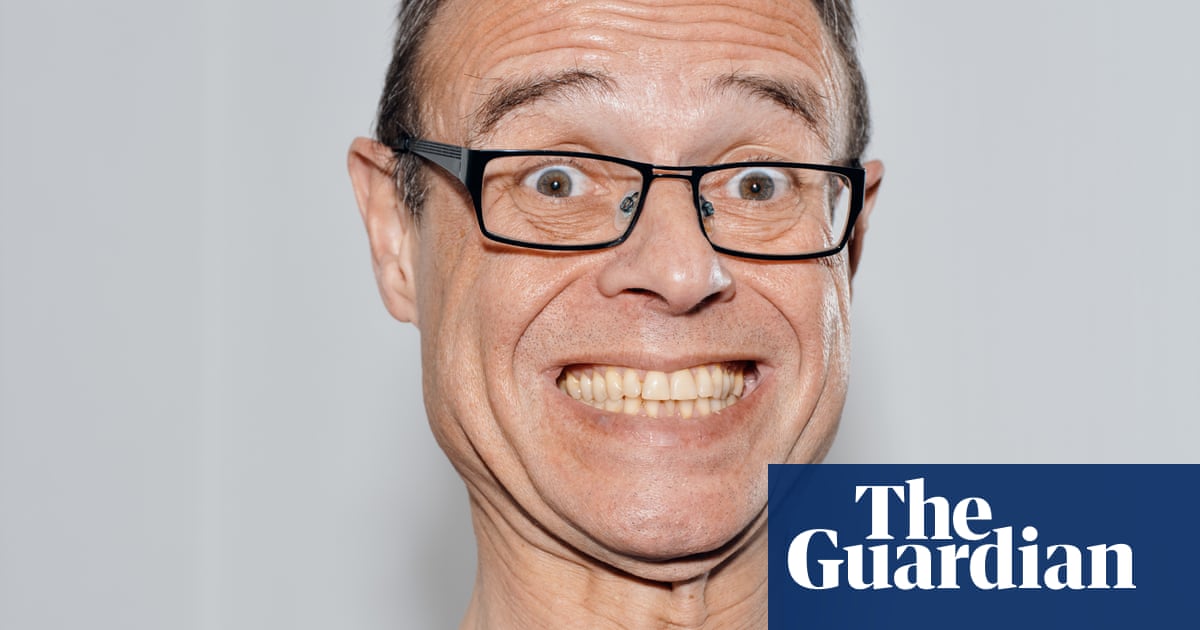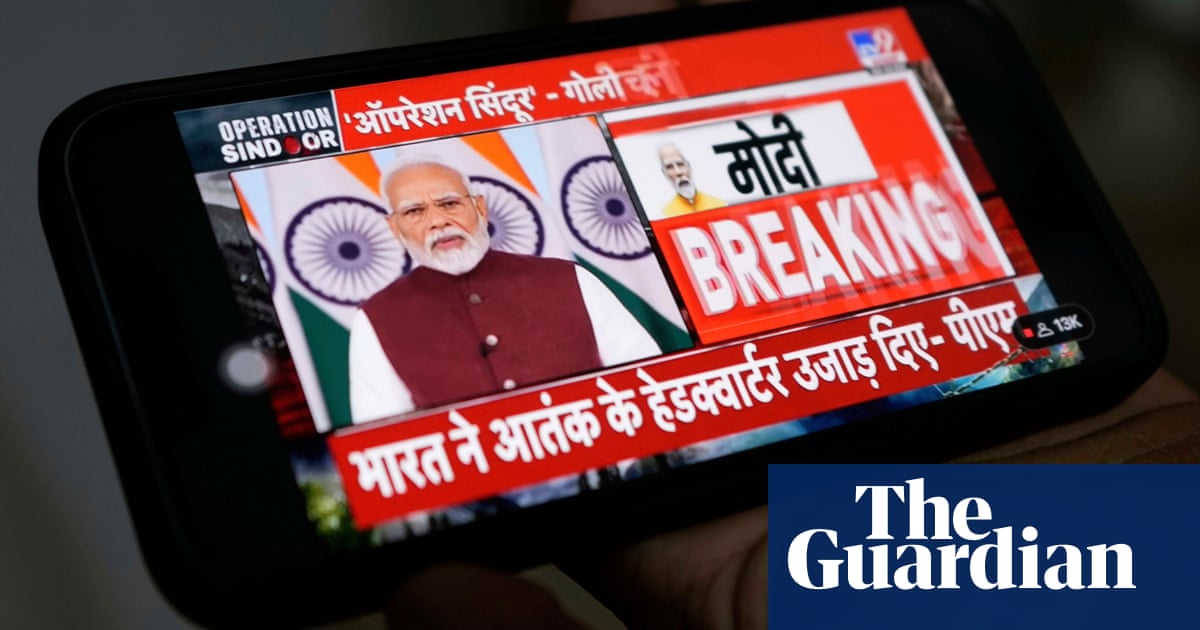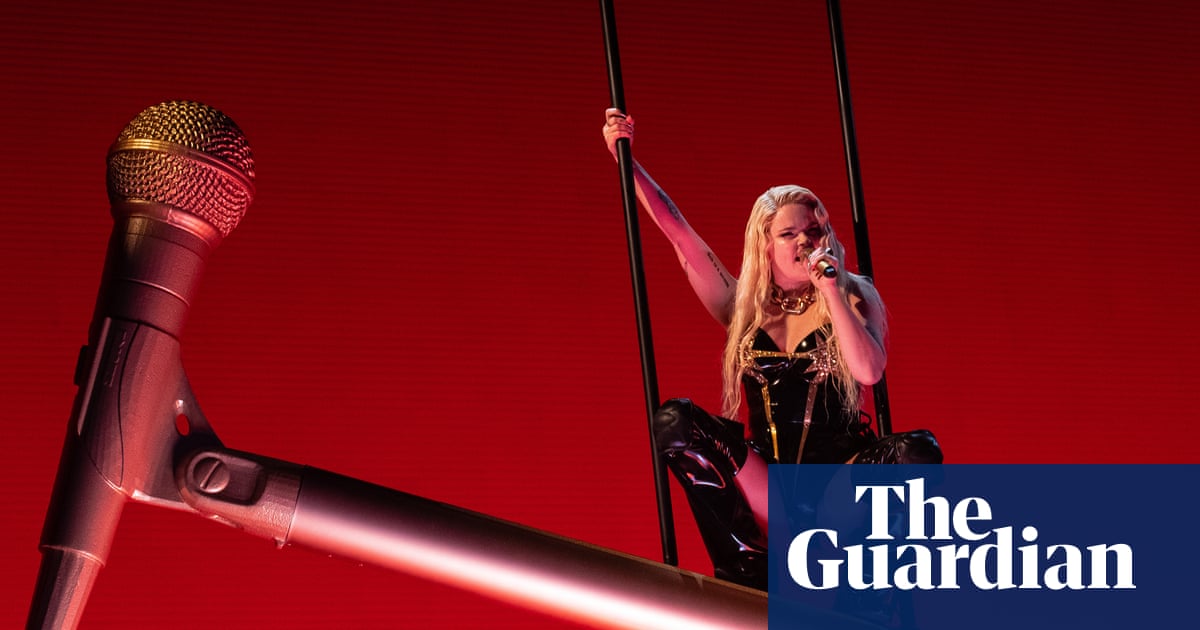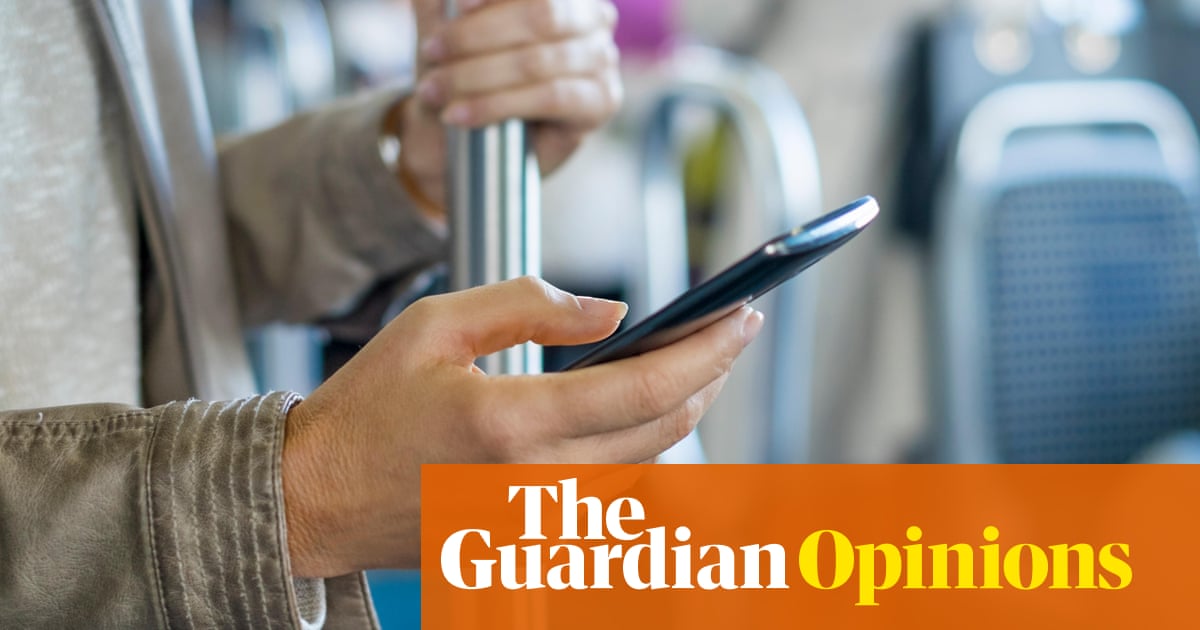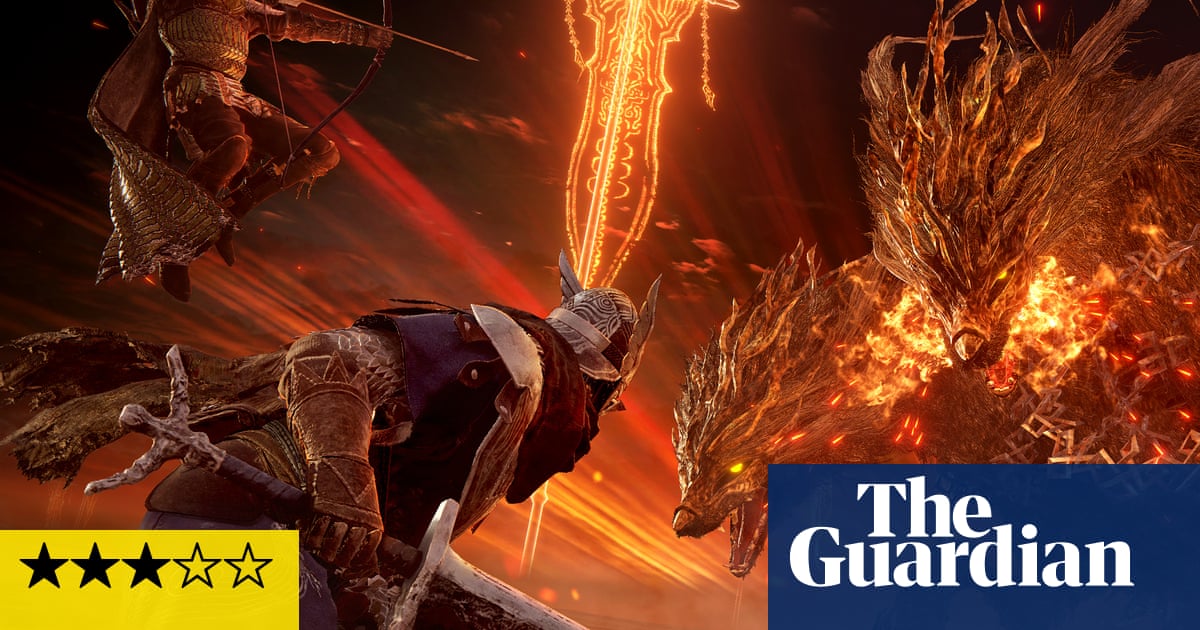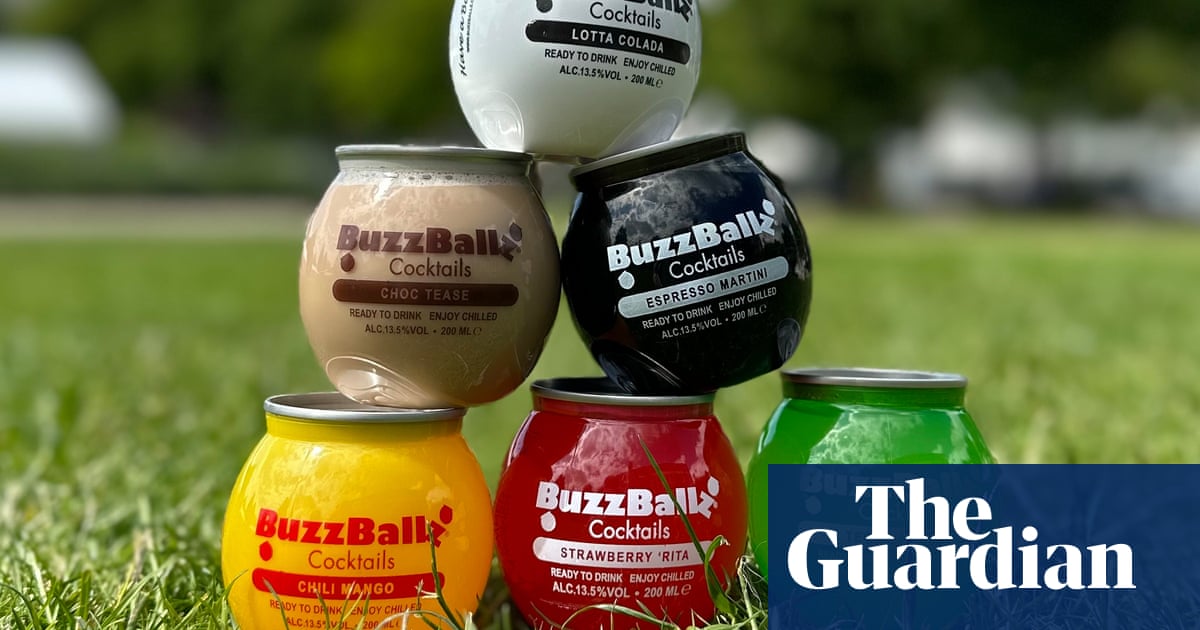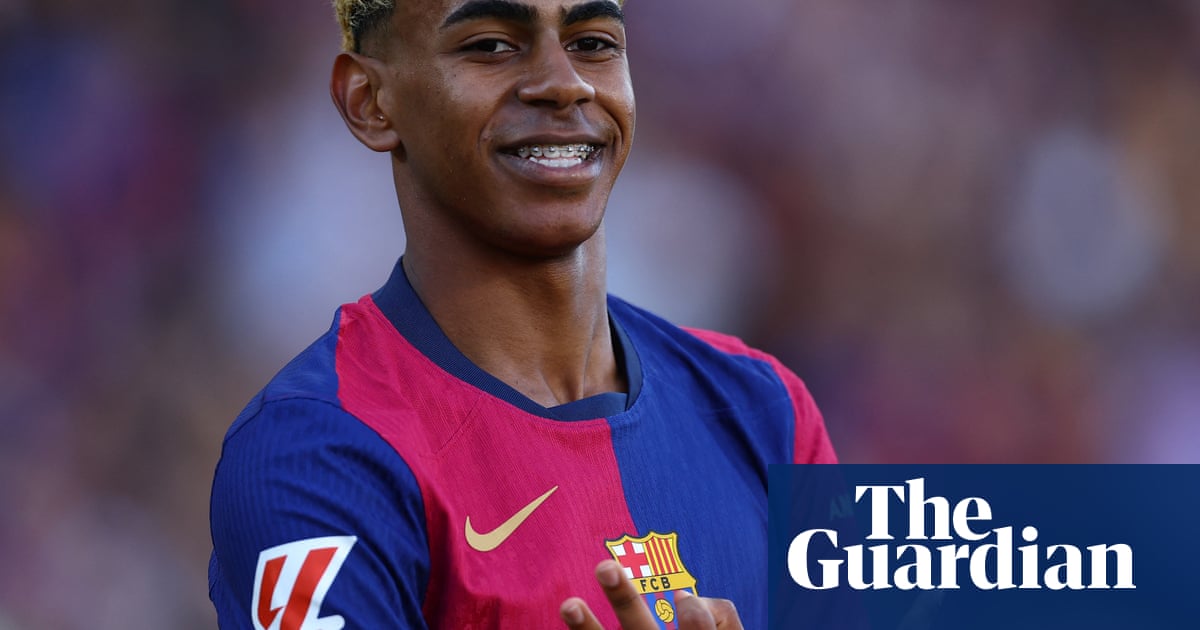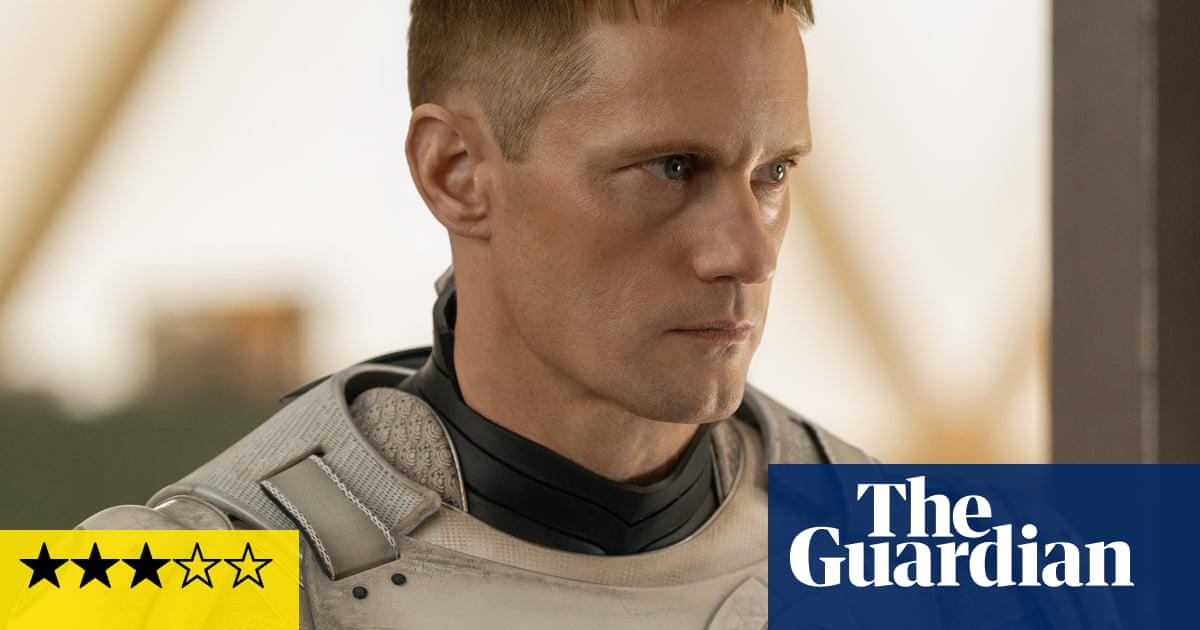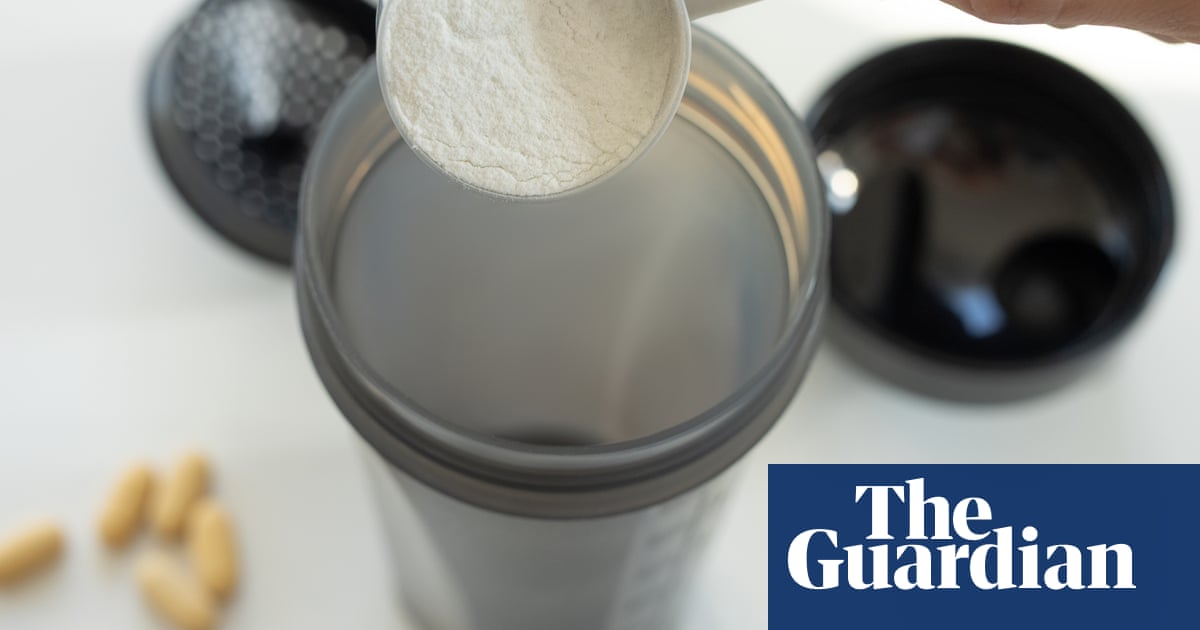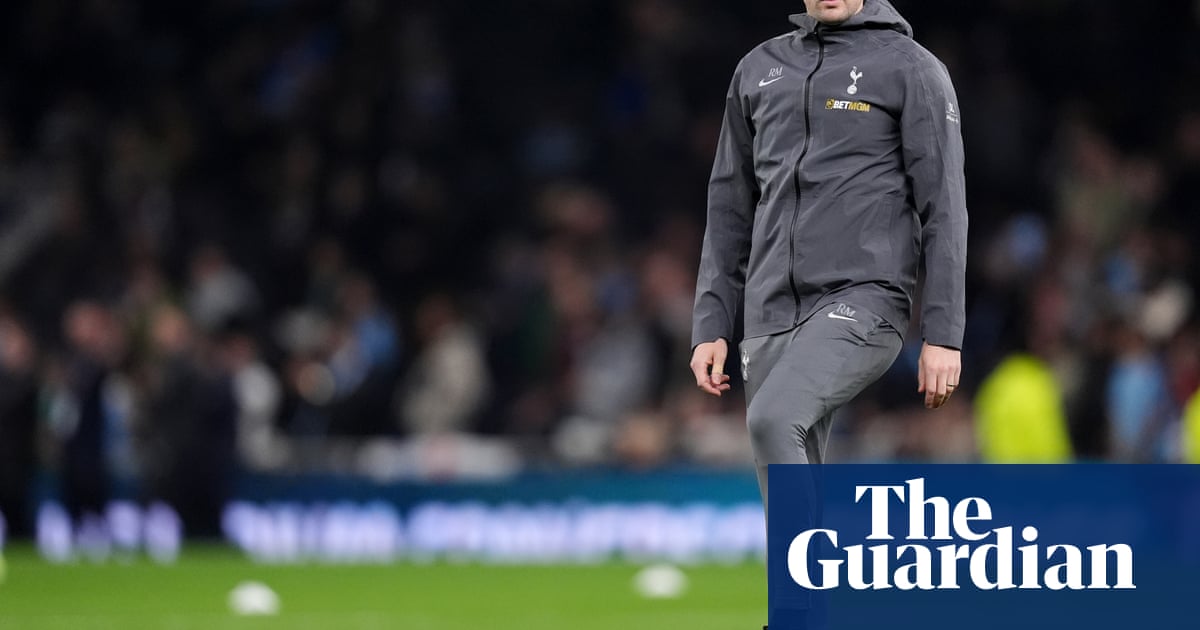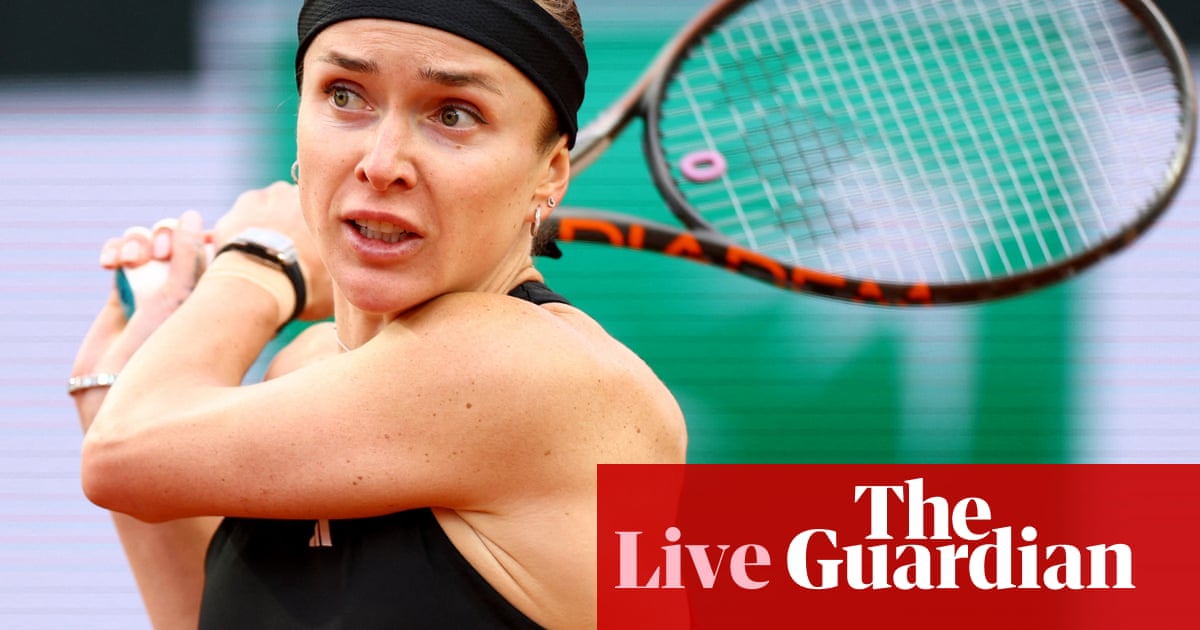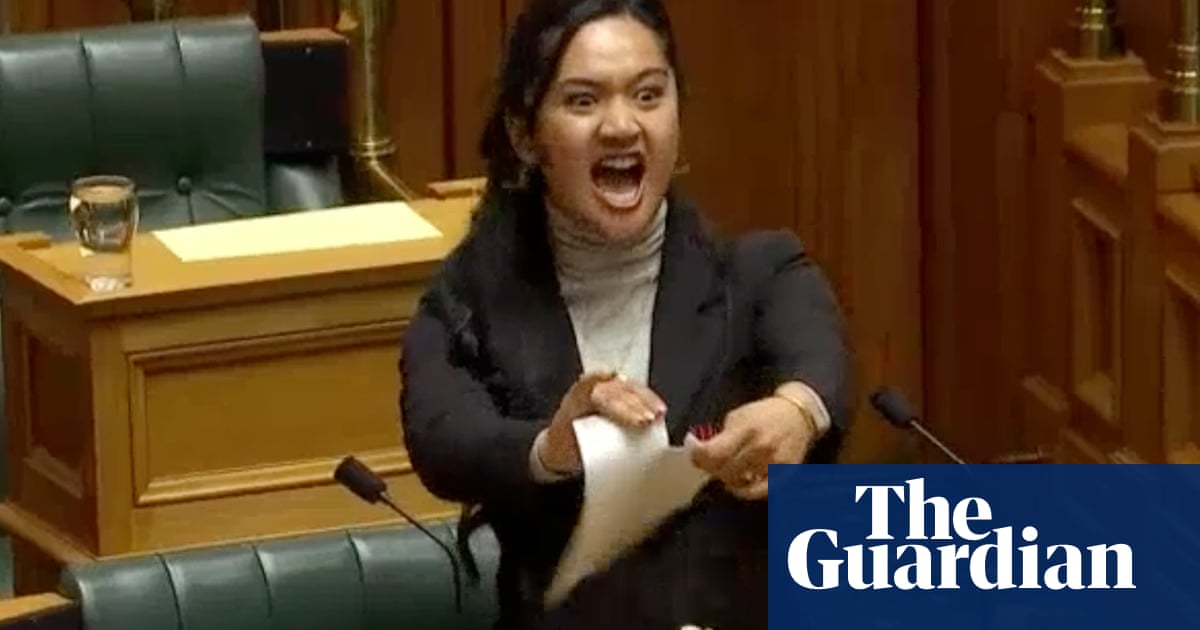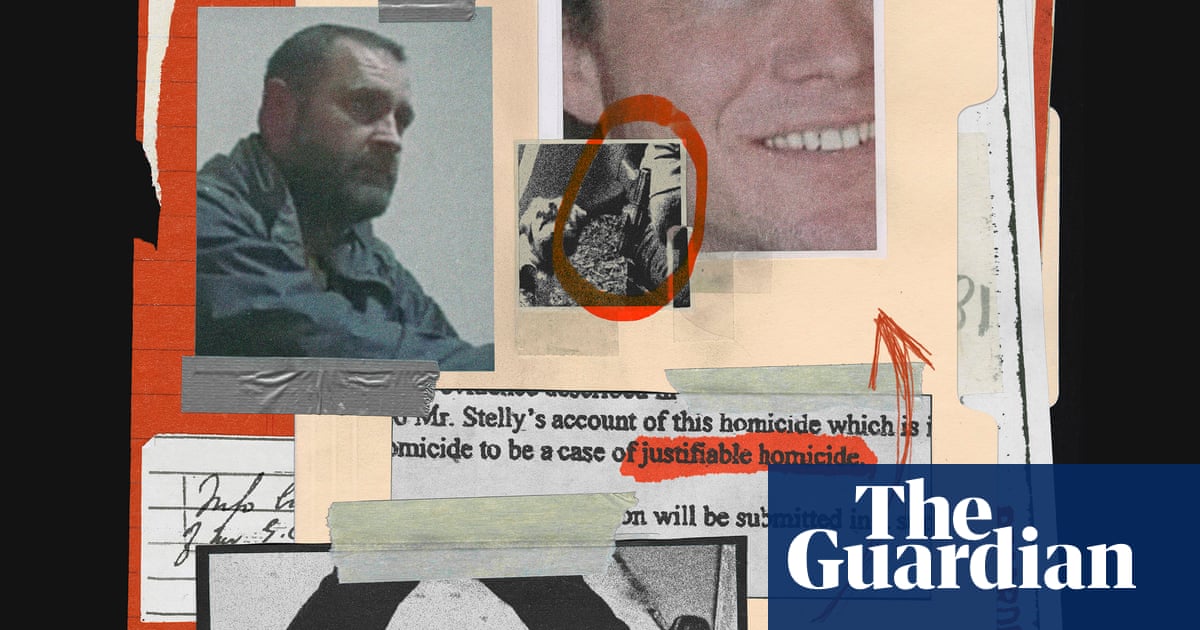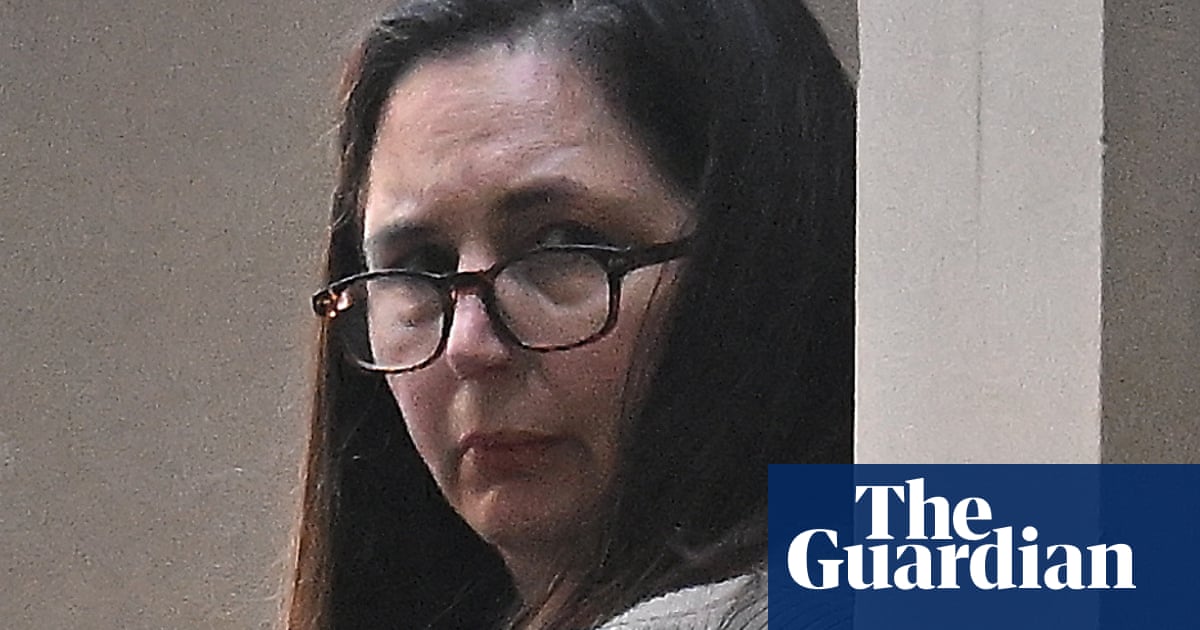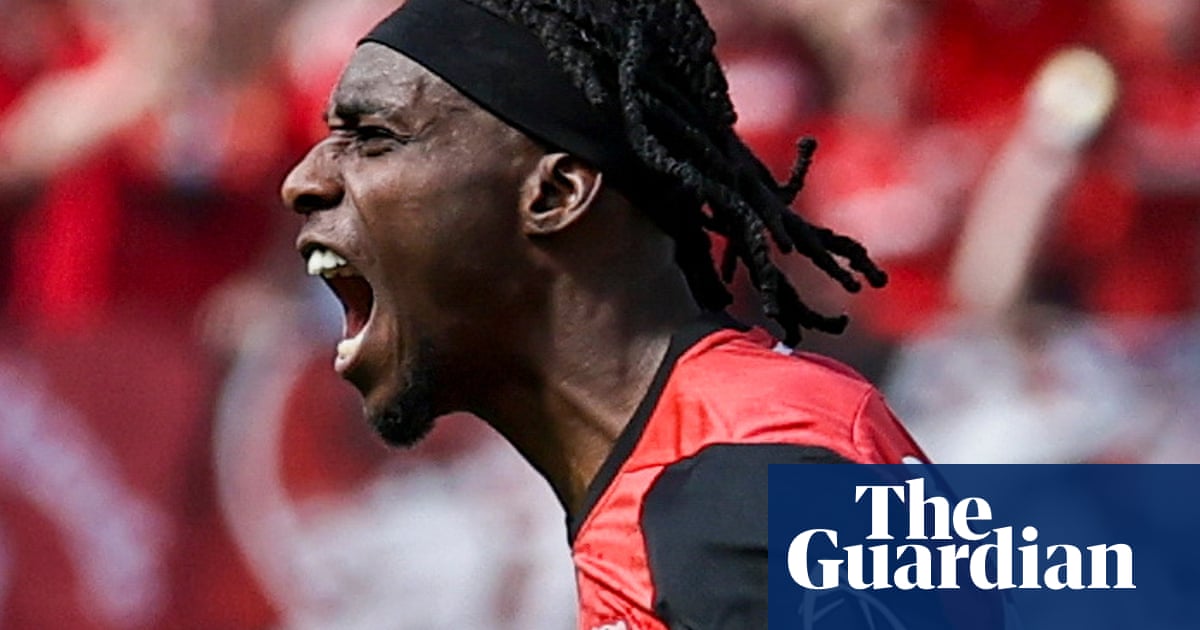The next time a breathless news anchor talks about the prospect of a war-ending “deal”, with Ukraine “ceding land for peace”, I want to sit them down with Adeline. In Lviv last week, Adeline showed me on her phone map her lost home in Russian-occupied Nova Kakhovka, just across the Dnipro River from the Ukrainian-liberated territory around Kherson. Look, she said, with tears welling up in her eyes, here on this satellite snapshot you can see the ecological disaster that followed Russia’s destruction of the Kakhovka dam in 2023. And here’s the place where she dreamed of setting up a small art gallery. “Why should I give up on my home?” she cried. Why indeed.
The territory occupied by Russia is the size of Portugal and Slovenia combined. It’s difficult to get accurate figures, but perhaps some 5 million people live there, while at least another 2 million refugees from those territories are now elsewhere. Inside the occupied territories, Ukrainians face brutal repression and systematic Russification. Outside, refugees like Adeline are left with only their memories, old photographs and the keys to lost homes. We should not whitewash this monstrous ongoing crime of occupation with the soothing words “land for peace”.
No one in Ukraine believes that any “deal” will end the war for good, even if negotiations eventually produce a fragile ceasefire. It’s not just “land” that Russia has taken by brutal conquest; it’s the homes, family histories, lives and livelihoods of millions of individual men, women and children. Ukraine is not “ceding” territory any more than I “cede” my car if a criminal steals it and I can’t get it back. Above all, this will not be peace. A just peace, with Adeline going home following the liberation of all Ukrainian territory, reparations being paid by Russia and Vladimir Putin on trial in The Hague, is unachievable in the foreseeable future. But anything seriously meriting the label “peace” requires the achievement of durable military security, economic recovery, political stability and European integration for the roughly four-fifths of its sovereign territory that Ukraine still controls. That will take years.
No one wants peace more than the Ukrainians. Obviously Volodymyr Zelenskyy must try to keep Donald Trump on side, so the American bully doesn’t completely sell Ukraine out to Putin. In recent polling by the Kyiv International Institute of Sociology, only 29% of Ukrainians said they could accept Trump’s peace plan but 51% could live with the alternative plan proposed by European leaders. What all Ukrainians know is that, even as the world talks of peace, Russia has continued launching massive drone and missile attacks against them. Meanwhile, the emissary whom Putin dispatched to Russo-Ukrainian talks in Istanbul, Vladimir Medinsky, harked back to the great northern war of 1700-21, telling the Ukrainian delegation: “We fought Sweden for 21 years. How long are you ready to fight?”
So the real issue is whether Ukraine can continue to defend itself and build up its long-term resilience, with increased support from Europe to compensate for vanishing support from the US. The most encouraging conversations I had in Kyiv were with people engaged in the defence industry. Ukraine now leads the world in the innovative development and manufacture of drones, with more than 2m produced last year. It could do even better if more partner countries followed Denmark’s example and gave contracts directly to Ukrainian arms manufacturers. Its biggest problem is the shortage of fresh recruits. One frontline commander told me he now has adequate arms and ammunition, but his battalion is only at 30% manpower strength. In the east, he said, there are empty trenches defended only by drones.
Russia seems to be planning new ground offensives, but western military experts think Ukraine can continue to defend most of the territory it currently controls. Gradually, it can build up ways to fend off the Russians at sea (where it’s already successful), on land (with a drone-enforced “virtual wall” and deep strikes behind Russian lines) and, most challenging of all, in the air. With the advent of the new German chancellor Friedrich Merz, plus the somewhat unexpected Churchillism of the British prime minister, Keir Starmer, Europe’s “coalition of the willing” is strong. The most useful thing it can plan for is not “boots on the ground” but multilayered aerial defence to create a sky shield over the western half of the country.
The three military essentials still needed from the US are its intelligence capabilities (very hard to replace), US-made Patriot air-defence interceptors (the only ones to take down Russia’s ballistic missiles), and large quantities of 155mm ammunition (although Europe is stepping up on that). If Trump can be persuaded not to block those three, Ukraine can survive with increased European support. Then, especially if Europe can also ratchet up economic sanctions on Russia, the squeeze could slowly become tighter on Moscow than on Kyiv. At some point, even Putin may begin to think it was time to stop the hot phase of this war, accept a ceasefire “line of control” and command his domestic propaganda machine to declare a famous victory. Nothing in this scenario is certain, and Putin’s regime may no longer be able to risk peace, but this is the least unrealistic path to ending the largest war in Europe since 1945.
Ukraine would immediately face daunting new challenges. How to preserve the national unity of wartime when the guns fall silent? How to reintegrate more than 3 million veterans? When to hold an election and how to ensure it’s free and fair? The Ukrainian politics will be messy and full of recrimination, against each other and the west. Putin, for whom politics is the continuation of war by other means, will have ample opportunities to stir the pot, fostering acrimony and division.
Meanwhile, Europe’s attention could rapidly turn away, as it did from Bosnia after the Dayton accords in 1995. Virtually all Ukraine’s non-military budget is today funded by international support. Hundreds of billions more euros will be needed before a reconstructed economy can acquire its own dynamism. From Portugal to Poland, Europe’s surging populists will tell voters they shouldn’t go on footing this bill. Only if Merz swings his weight behind confiscating Russia’s frozen assets will that kind of money be found.
Earlier this month, four European leaders travelled to Kyiv the day after what in English is known as VE (Victory in Europe) Day, marking the total defeat of Nazi Germany. Alas, there will be no simple, single VU (Victory in Ukraine) Day, marking the total defeat of Putin’s Russia. A durable peace won’t come any time soon, and certainly not from some hasty, unbalanced deal. Only if both Ukraine and Europe have the foresight, stamina and unity for a long struggle may something genuinely deserving of the name of peace be achieved by the end of this decade.
-
Timothy Garton Ash is a historian, political writer and Guardian columnist

 3 months ago
59
3 months ago
59
